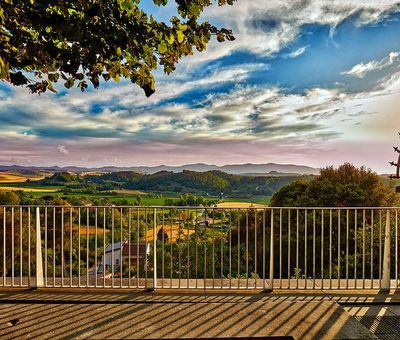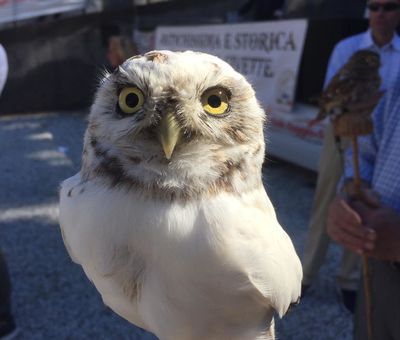The holiday resort of the Pisan nobility
In 1700, Crespina was described thus: "This can be said to be the most remarkable part of the Pisan hills". The holiday resort was loved by the Pisan and Livorno noble families. Already at the end of the 17th century, many villas, farmhouses and hunting lodges had been built here. Over the years, the tourist vocation of the area has continued, especially in the mid-nineteenth century when numerous artists settled here, even temporarily. Many of them came from the families who owned the area but soon these residences became a meeting place for other less wealthy artists as guests at various times of the year. Renowned names include Giovanni Fattori, Silvestro Lega, Telemaco Signorini and many other Macchiaioli such as Cannicci and Cecconi.
Where vines grow
This territory was disputed between Florence and Pisa for years and endured damage and destruction many times. At the end of 1200, the Pisans even dug a large ditch, the Fosso Arnonico or della Guerra, just to keep Florentines at a distance.
Despite this, the fortress was demolished in various Florentine raids in 1332 and in 1405 and the castle was ruined forever. For a long time, the legend of the Castle of Cenaia has been spoken about and the exact location has only been identified recently.
The two municipalities of Crespina and Lorenzana merged in 2014 to create Crespina Lorenzana.
Today, the land that was so loved by the Pisan and Livorno nobility is still an oasis of peace and tranquility that has rediscovered its centuries-old vocation for the production of excellent quality wines. This was evidenced in the Camaldolese Annals which specified the cultivation of vine cuttings for the production of quality grapes and wines.
The white owl
It was a peasant custom to raise owls and use them to hunt larks. Around here, the activity was particularly widespread, so much so that practically every farmer had one or more of these birds. This custom created a market that coincided with the feast of the patron saint, San Michele, on September 29th. On that day, the festivities are marked by the exchange and purchase of owls. A race among the birds was also invented. Even today, the custom is recalled on September 29 with the Fair of the Owls. The link between the city and this bird has also led to the creation of a bronze monument by the sculptor Angelo Biancini and also an owl breeding center where a very rare specimen of white owl was born in 2013.





